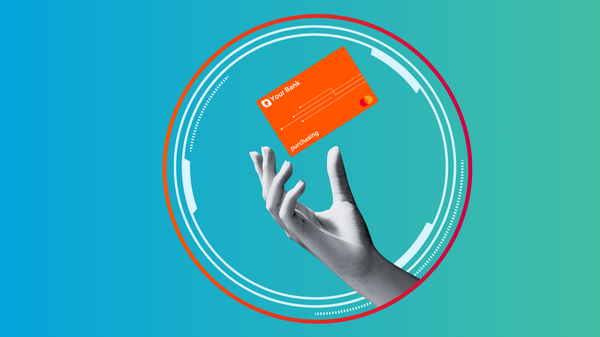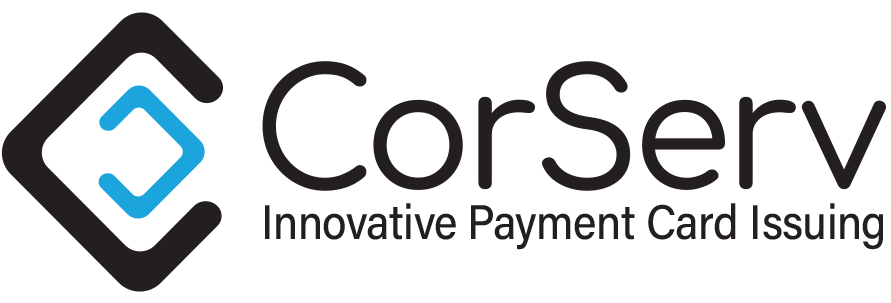
Slow, grinding pressures defined the first half of 2025. Funding costs remain well above pre-pandemic norms, core deposit growth is sluggish and loan demand is soft.
Meanwhile, credit-card activity keeps setting records. U.S. consumers maintain over 630 million active credit-card accounts, and revolving balances stand near $1.3 trillion. Importantly, that growth is not limited to personal consumer cards. Small business demand for credit cards continues to rise, and commercial credit card spend by large companies is expected to grow in double digits over the next several years. Credit cards are the most used payment method, and the projected increase of credit card usage is higher than for any other payment method this year.
This explains why community banks are evaluating credit cards as a durable source of fee income and relationship depth. Against that backdrop, here are four observable trends that any community bank can leverage in the second half of 2025.
Trend #1: Small businesses are rethinking their banking relationships.
The Federal Reserve’s April 2025 Financial Stability Report notes that credit availability for small firms “continued to tighten,” prompting owners to seek lenders that know them to meet their needs. Economic pressures are mounting, and small businesses are feeling left behind by big banks, frequently receiving impersonal service and inflexible products. In response, small businesses are reevaluating how they bank and who they bank with, especially for loans including credit cards. Community bankers should lean into familiarity with their customers to foster client retention and growth.
Trend #2: Relationship data is translating into more profitable portfolios.
Banks are rediscovering the value of relationship banking, and they’re doubling down. Relationship banking strategies prioritize excellent customer service, meaningful customer education, and personal customer relationships. It’s also proven method for reducing credit risk, enhancing returns, and fostering customer loyalty, all critical in uncertain times. Particularly in credit card portfolio performance, relationship lending is a true competitive advantage community banks have over big banks.
Trend #3: Cash-back and rebates are becoming the rewards of choice.
In this tight economy, customers are seeking added value wherever they can find it. A vast majority of consumers prefer cash back and easy redemption as the most valuable perk. Visa’s 2025 Payment Behavior Study reports that 39 percent of small business owners prefer flexible cash-back rewards, far outweighing travel points at 18 percent. In commercial cards, cash rebates has become popular with rebate percentage varying based on spending levels by the company.
Trend #4: A modern digital customer experience is now table stakes.
In 2025, customers want more than a way to pay; they want tools to help with their finances. Credit card customers are seeking user interfaces that provide powerful embedded tools, like expense reporting, spend data, and cardholder administration. Many banks offer good card products, but only those that deliver a seamless, modern user experience that helps customers manage their financial operations will stand out. CorServ clients are leading in this space by offering an innovative user interface that competes with national credit card issuers.
2025: The Year of Strategic Moves
We’re in a year where both banks and their customers are preparing for uncertainty, but with the right tools and the right partners, uncertainty becomes opportunity.
Whether it’s rethinking your credit card offerings, investing in user experience, or doubling down on relationship banking, the back half of 2025 is a chance to lead, not adapt.
If your bank is ready to transform credit card relationships into long-term loyalty — now’s the time. Reach out to CorServ: info@corservsolutions.com.


